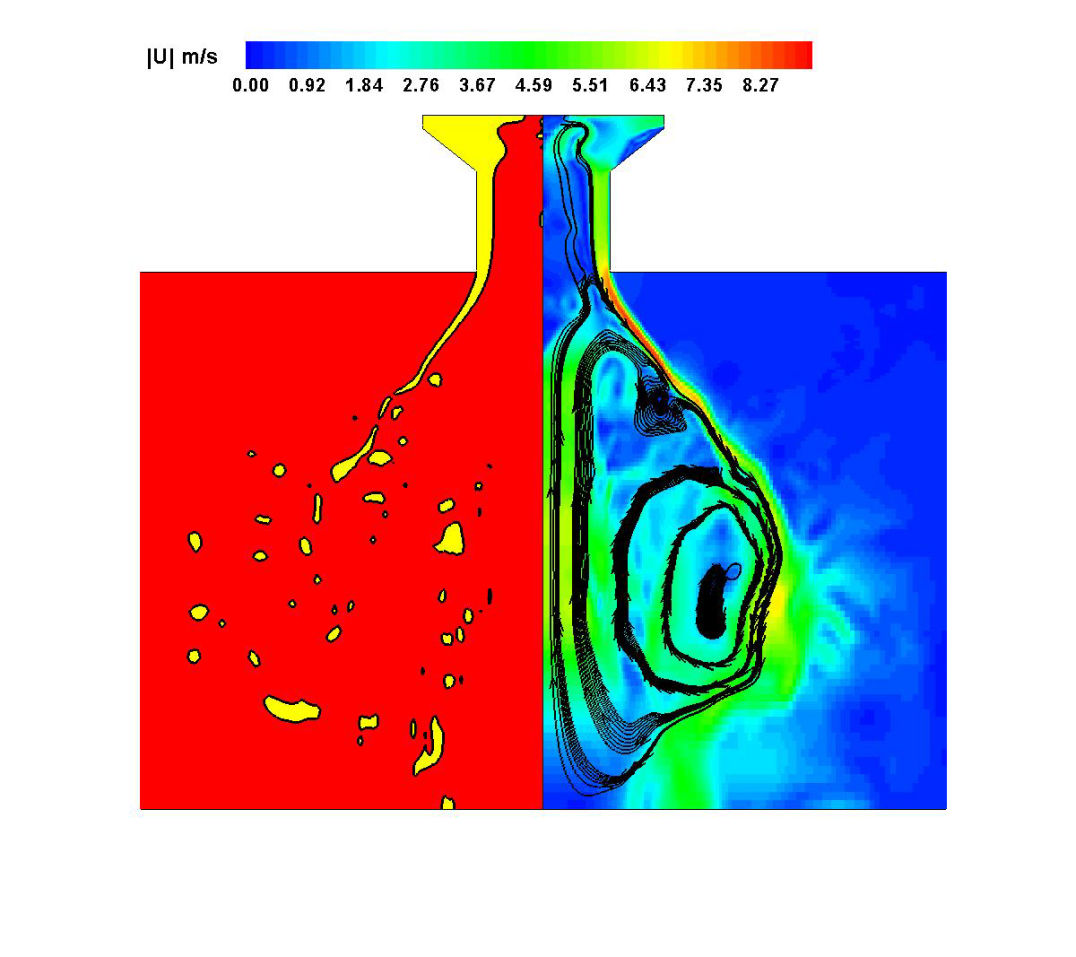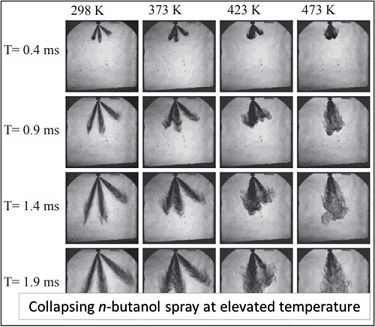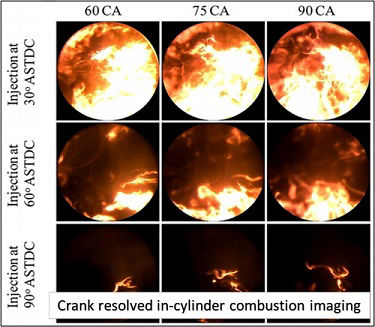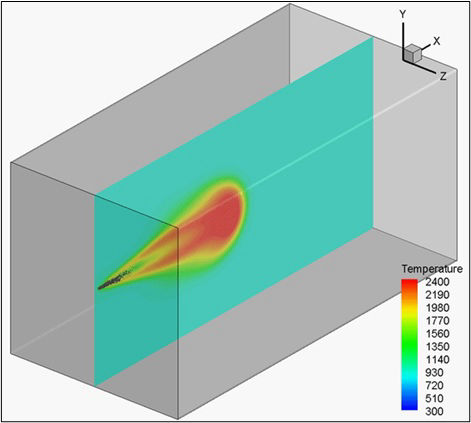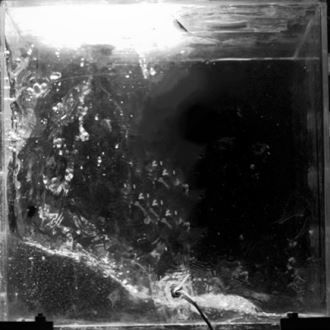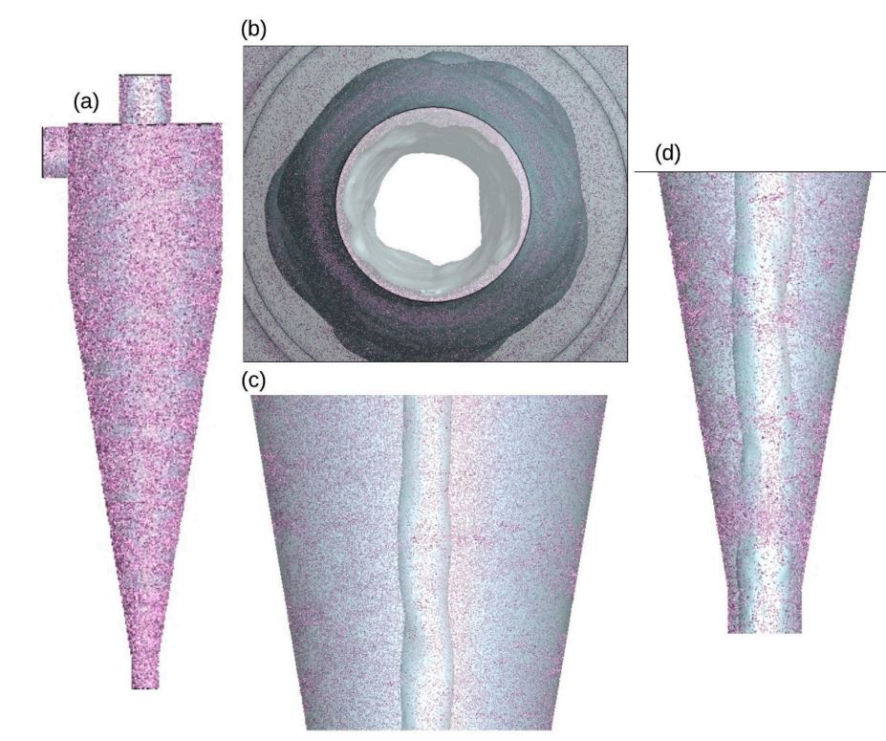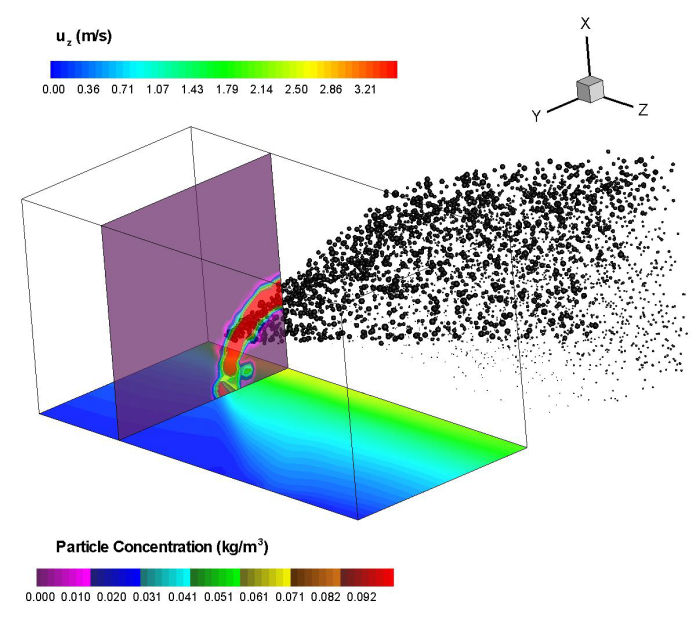
Research
Group uses both experimental and numerical tools to study a variety of problems related to sprays and multiphase flows. A detailed list of facilities available with this group is available in this page. You are encouraged to see the list of equipment and software available with group. Please contact us if you need to use to use these facilities.
